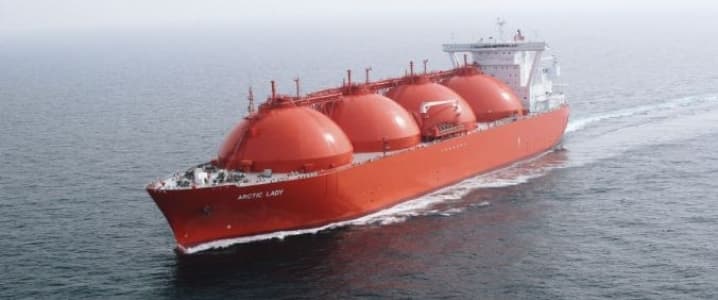My previous article addressed the merger between PEG-Nord and PEG-TRS, and the potential implications for gas security within Southern Europe. This article revisits the topic of gas security in Southern Europe, considering how the recent change in LNG market dynamics may indirectly impact gas markets in Iberia.
European policymakers have a long-standing objective of developing a single internal market for gas, having undertaken considerable infrastructure investments to develop cross-border trade in recent years. Although many European gas markets are becoming increasingly more synchronised, they remain subject to global market dynamics.
An uncharacteristically warm winter in both Europe and Asia has weighed on global gas demand, suppressing European and Asian import prices to multi-year lows. As such, the incentive for U.S. LNG exporters to deliver physical cargoes has been eroded, reaching an inflexion point of profitless supply.
Although U.S. LNG exporters are likely to accept narrow profit margins for a few weeks, more persistent pressure may encourage them to curtail deliveries to Europe. Thierry Bros, Senior Research Fellow at Oxford Institute for Energy Studies considers a 20% decline in TTF hub prices as a turning point, encouraging producers to “stop bringing gas into Europe”.
In the context of gas security, the flexibility provided by spot LNG, once considered a blessing, may now act as a curse. This is particularly apparent in the Iberian corridor, which holds the largest re-gasification capacity in Europe and is reliant on LNG to meet its gas demand.

Figure 1: The relative percentages of EU-28 regasification capacity by country. Spain and Portugal have disproportionately large regasification percentages of regasification capacity once factoring their relatively low consumption. Related: The Bearish Threat Within OPEC
A number of stylised facts make Iberia particularly vulnerable under this scenario, namely the low liquidity at PVB, high LNG composition of the import portfolio, and physical network externality. The low churn rate at PVB typically discourages market participants from engaging in cross-border arbitrage, although this has recently developed, catalysed by the merger of PEG-TRS and PEG-Nord into a single French gas market, TRF. The high LNG composition of the import portfolios of Spain and Portugal (40% and 31% respectively) suggests that, under a scenario where no LNG is delivered to Europe, supplies through the Maghreb and MedGaz pipelines will become increasingly important for gas security.

Figure 2: Gas import method of the countries within the Southern Region, as defined by ENTSOG GRIPs.
Critically, due to the low level of physical interconnection between France, Spain and Portugal, LNG is required to meet demand within Iberia. The 16.89MCM/d interconnection capacity between France and Spain is unlikely to meet demand alone, with limited storage located within Iberia.

Figure 3: Gas storage capacity (technical injection capacity) of selected European countries, as defined by Gas Storage Europe.
Ultimately, Iberia has long been identified as an “energy island” due to its stronger relationship with global LNG dynamics, as opposed to Northwest European pricing. Although European gas security has steadily increased since implementation of the Third Energy Package, it can be thought of as continuous, with some regions being more secure than others. As such, global dynamics will continue to play a crucial role in supply security in Iberia.
By David Woroniuk for Oilprice.com
More Top Reads From Oilprice.com:
- BP: Petrochemicals Drive U.S. Oil Demand Boom
- OPEC’s Struggle To Avoid $40 Oil
- Can Shale Survive Low Oil Prices?

















